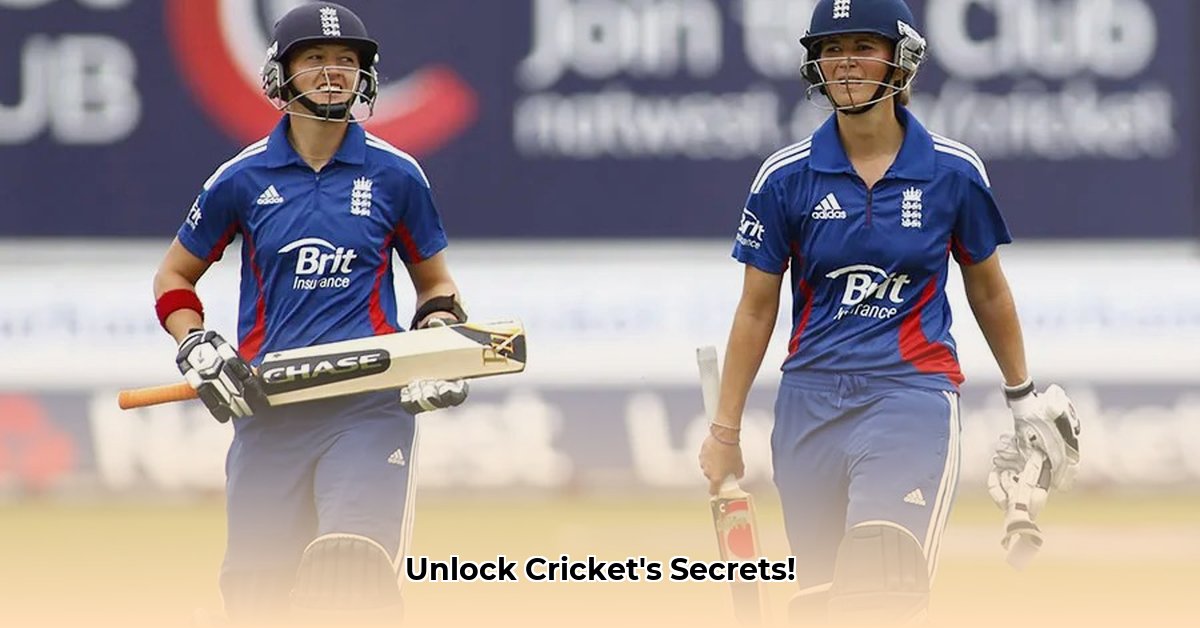
Basics: Getting Started with the Game
Eish, so you fancy yourself a cricket fan? Welcome! Whether you’re completely new to the game or just need a refresher, this guide will take you from clueless to cricket-savvy in no time. We’ll cover everything from the basic rules to the different formats, even touching on the game's rich history. By the end, you’ll be able to chat confidently about cricket with your mates, even those die-hard supporters.
Think of cricket as a super-charged game of tag, but with bats, balls, and a whole lotta strategy. Two teams of eleven players each battle it out for supremacy: one batting (scoring runs), the other bowling and fielding (trying to stop them). But how do they score? Batters hit the ball bowled at them and run between two sets of wickets (those three little sticks at each end of the pitch). Each successful run adds to their score. And then there are the boundaries: a four (the ball bounces once before reaching the boundary rope) or a six (a mighty whack that clears the rope without bouncing).
Getting a batter out, or "dismissing" them, is the bowling and fielding team's aim. How? A few ways: the bowler's ball hits the wickets directly ("bowled"); a fielder catches the ball before it bounces ("caught"); or a fielder hits the wickets with the ball while a batter is out of their crease ("run out"). There's also "LBW" (Leg Before Wicket) – a bit more technical, which we’ll explain later. It's a battle of skill, strategy, and sometimes, a fair bit of luck!
Key Players: What They Do
Each player has a vital role. The batter is the star hitter, responsible for racking up those runs. The bowler, armed with a ball and a whole lot of skill, is tasked with getting the batters out. The wicket-keeper's role is behind the batters' wickets; they're like a first-response catcher, a crucial player in defensive plays! The rest are fielders, strategically positioned across the field, like a tactical net, preventing runs and creating chances for dismissals. It's a team effort, you see!
Cricket Formats: Test, ODI, & T20
Cricket isn’t just one game, my friend – it's a family of formats, each with its own pace and style. Test match cricket is the marathon, lasting five days of intense action. One Day Internationals (ODIs) are a bit faster, taking around eight hours. Then there's Twenty20 (T20), the lightning-fast sprint, full of explosive action, usually lasting around three hours. Each format changes strategies – a long, drawn-out battle demands different tactics than a short, sharp clash.
| Format | Game Length (approx) | Pace | Typical Strategy |
|---|---|---|---|
| Test Match | 5 Days | Slow and Steady | Patient, Tactical Play |
| One Day International (ODI) | 8 Hours | Medium Pace | Balanced Approach |
| Twenty20 (T20) | 3 Hours | Very Fast | Aggressive, High-Risk |
A Quick Look into Cricket's History
Cricket’s origins are a bit blurry, but it evolved over centuries from simple bat-and-ball games. The Marylebone Cricket Club (MCC) played a huge role in standardising the rules, and today, cricket has become a globally-loved sport. Isn’t that something? Its enduring popularity is a testament to its adaptability and constant evolution.
Advanced Cricket: Going Deeper (Optional)
This is just the tip of the iceberg! There's a world of nuances to discover. Different types of bowling (spin, pace, and more), advanced batting techniques, and clever field placements add layers of strategic depth. But don't worry, you'll pick these up as you watch more matches and listen to the commentators. Getting a better understanding of these will improve your appreciation of the game.
Conclusion: Your Cricket Journey Starts Now!
So there you have it! A solid grounding in the wonderful world of cricket. You've now got the basics under your belt. Now it’s time to watch a match, and see how your new knowledge transforms your experience. Keep learning, keep watching, and you'll be well on your way to becoming a true cricket connoisseur! Enjoy the game!